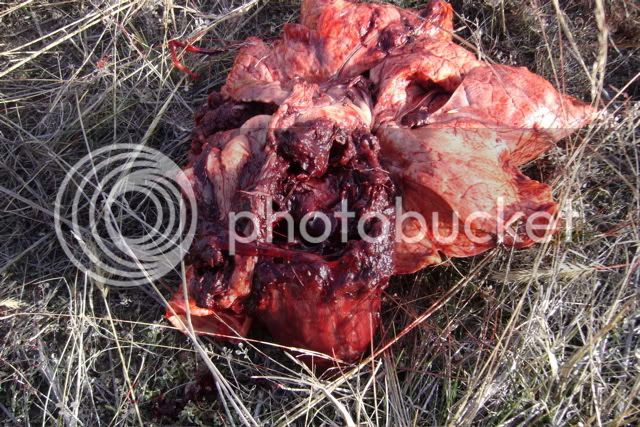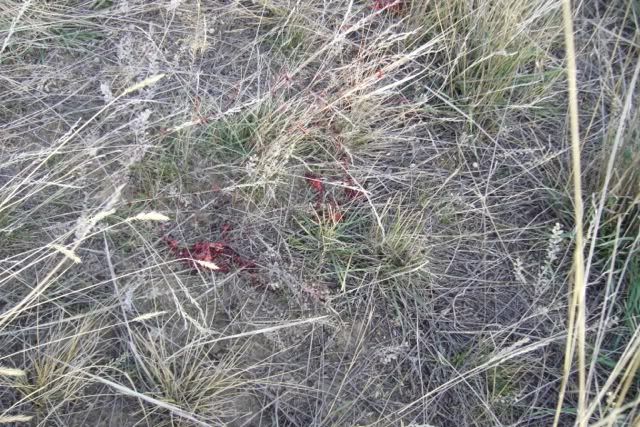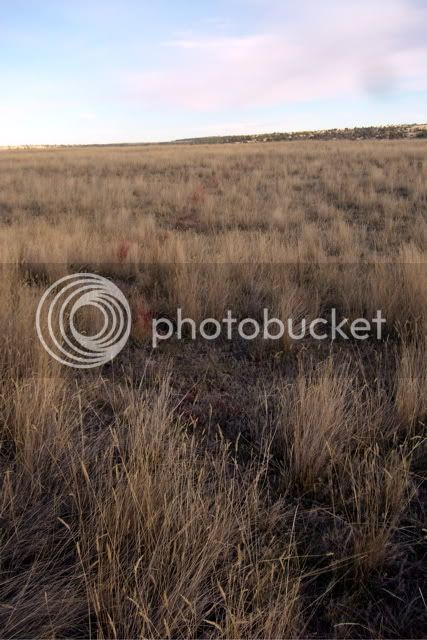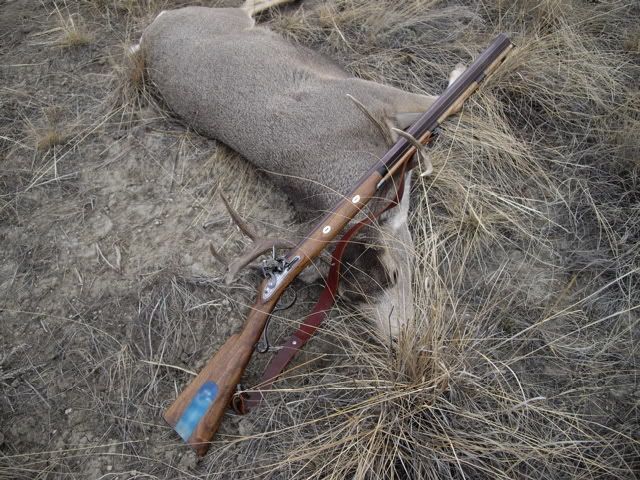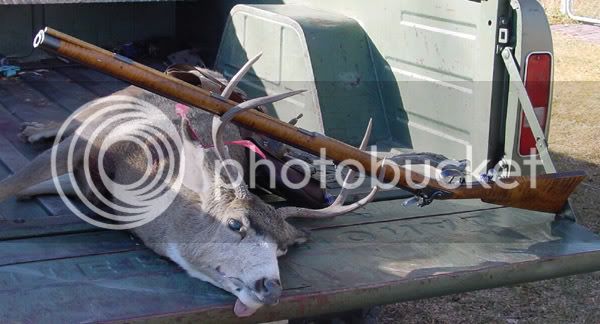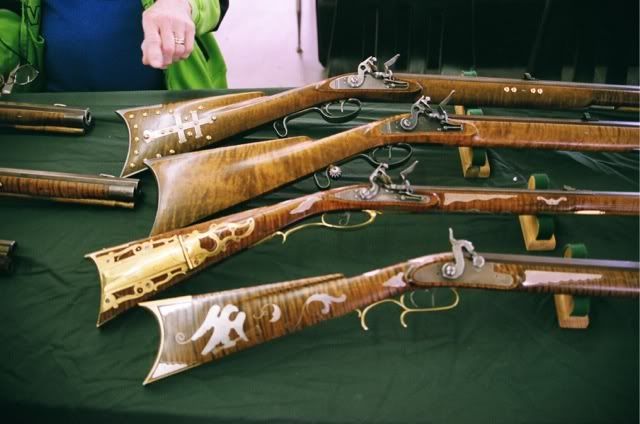aloyalistdawg said:
I hate to ruin the run here but I totally disagree with most of your opinions, 50 is a lower rated ball for anything over deer (white tail). I would strongly recommend at least a 54 because of the energy required. I am a very active traditional muzzle loader hunter. I have killed large white tails with a 50 cal ball. But I soon realized that the 54 was far superior to the 50 cal ball.
There ok now you have my opinion , btw I switched to 54 right after my first clean kill even after seeing the damage by the 50 , and then my next deer dropped flat... yep with my 54 flinter :hatsoff:
Having shot or seen shot, deer with almost everything in the inventory deer that drop to the shot are generally shot near the spine. Shocking the nervous system is USUALLY the only thing that will do that.
I blew a hole in a deers heart like this
A string of tissue and blood was ejected from the wound back toward to gun
The deer did not go down and it was a head on shot and the deer absorbed ALL the energy of a .662 ball backed by 140 gr of FF Swiss at about 45 yards.
Instead she ran 55 long steps.
This deer shot with the same load at 90 yards dropped but the ball passed close to the spine.
This deer shot with a 54 at 40 yards or so piled up. But it was a quartering shot and the ball passed very close to the spine.
I have had deer shot with a 50 and 140 yards, lung shot, run a shorter distance than the doe that ran 55 yards after taking a .662 ball.
A friend shot a doe 2 years ago at 125 with 45 RB and she piled up. Ball broke a rib going in and another going out. He figured it shocked the spine. Does this make the 45 better than the 50?
No. I means that one deer fell down when shot and the other did not.
It happens a lot, both the falling and the running off. But very few will fall. At least where I hunt. Mule Deer are notoriously tough.
Even Sir William Drummond Stewart stated that it was easier to knock down and Elk with his 20 bore rifle than a Mule Deer.
I would also point out that while the 50 WILL kill anything in NA. Its not something I recommend for animals larger than deer.
Remember the 54 was considered a small deer rifle in 18th and 19th Century England.
But some people think the 54 is a big deer rifle and apparently always have.
Comments about the 50 being considered minimum in the American West circa 1830 are not refutable. Its written down. Did everyone agree with this? Very unlikely. But the western fur companies generally ordered rifles about 32 to the pound. 40 to the pound is a .485 ball. 40 to the pound was considered to me the minimum.
Energy is just a number in the BP game. Do some research. Read my comments about the hunter shooting the elk with the 264.
SHOOT SOME ANIMALS use 8-10 different calibers using BP and smokeless, lead and jacketed bullets 800 fps to 3000. Shoot several animals with each. Pay CLOSE attention to bullet tracks and actual damage done. Note how far the critter run.
I have over a good many years. You hit a deer close to the spine with a 218 Bee and it will surely pile up but its not a good deer rifle IMO. I shot one deer with one and it piled up for the reason stated.
Energy is just a number related to bullet weight.
I had a guy tell me just a few years ago that the 25 Stevens RF was a great deer poacher. I have shot one (the exact one with the same ammo but not at deer) and I think I would rather use 22LR for deer.
I would also point out that if shooting down on a deer from a tree stand the ball is more likely to pass close to the spine enroute to the vitals than if shooting from the same elevation as the deer.
Dan




